Sql Case With Count
The SQL Case statement is a powerful tool that allows you to perform conditional calculations in your queries. When combined with the Count function, it becomes even more versatile, enabling you to perform conditional counting, grouping, and even calculating percentages. In this article, we will explore the syntax of the SQL Case statement, explain the Count function, and provide examples of how to use Case with Count in various scenarios. Additionally, we will discuss strategies for optimizing your SQL queries and common mistakes to avoid when using Case with Count. So, let’s dive in!
Syntax of SQL Case Statement
The SQL Case statement allows you to perform conditional logic in your queries. Here is the basic syntax of the Case statement:
“`sql
CASE
WHEN condition_1 THEN result_1
WHEN condition_2 THEN result_2
…
ELSE result_n
END
“`
Explanation of the COUNT Function in SQL
Before we explore the usage of Case with Count, let’s understand the Count function in SQL. The Count function is used to count the number of records that meet a specific condition. Its basic syntax is:
“`sql
COUNT(column_name)
“`
The Count function returns the number of rows where the specified column is not null.
Using Case Statement with Count to Perform Conditional Counting
One of the common use cases of Case with Count is performing conditional counting. You may want to count the number of records that satisfy a specific condition. Let’s look at an example:
Example 1: Counting the Number of Records Based on a Condition
Suppose you have a table called “employees” with columns “employee_id” and “salary”. You want to count the number of employees who earn a salary greater than 5000. Here’s how you can achieve that using Case with Count:
“`sql
SELECT COUNT(CASE WHEN salary > 5000 THEN employee_id END) AS num_employees
FROM employees;
“`
This query will return the number of employees whose salary is greater than 5000.
Example 2: Counting Multiple Conditions Using Case Statement
You can also use Case with Count to count multiple conditions. Let’s say you want to count the number of employees who earn a salary greater than 5000 and have a job title of ‘Manager’. Here’s how you can do it:
“`sql
SELECT COUNT(CASE WHEN salary > 5000 AND job_title = ‘Manager’ THEN employee_id END) AS num_employees
FROM employees;
“`
This query will count the number of employees who meet both the salary and job title condition.
Using Case Statement with Count to Group Data
In addition to conditional counting, you can use Case with Count to group data based on certain conditions. Let’s consider an example:
Example 3: Counting Records within Different Groups Using Case Statement
Suppose you have a table called “orders” with columns “order_id”, “customer_id”, and “order_date”. You want to count the number of orders per customer, but also differentiate between orders placed before and after a specific date. Here’s how you can achieve that using Case with Count:
“`sql
SELECT customer_id,
COUNT(CASE WHEN order_date < '2022-01-01' THEN 1 END) AS num_orders_before,
COUNT(CASE WHEN order_date >= ‘2022-01-01’ THEN 1 END) AS num_orders_after
FROM orders
GROUP BY customer_id;
“`
This query will count the number of orders placed before and after January 1, 2022, for each customer.
Using Case Statement with Count to Calculate Percentage
Another useful application of Case with Count is calculating the percentage of records that satisfy a specific condition. Let’s look at an example:
Example 4: Calculating the Percentage of Records Based on a Condition
Suppose you have a table called “sales” with columns “sale_id” and “sale_amount”. You want to calculate the percentage of sales that exceed 1000. Here’s how you can do it:
“`sql
SELECT (COUNT(CASE WHEN sale_amount > 1000 THEN 1 END) / COUNT(*)) * 100 AS percentage_exceeding
FROM sales;
“`
This query will return the percentage of sales whose amount exceeds 1000.
Strategies for Optimizing SQL Queries with Case and Count
When using Case with Count, it’s important to optimize your SQL queries for better performance. Here are a few strategies to consider:
1. Use appropriate indexes on columns involved in the Case and Count operations.
2. Restrict the result set using appropriate WHERE clauses before applying Case and Count functions.
3. Break down complex queries into smaller, manageable parts to improve readability and maintainability.
4. Regularly analyze and optimize your database structure to improve overall query performance.
Common Mistakes to Avoid When Using Case Statement with Count in SQL
While using Case with Count, certain mistakes can lead to unexpected results or performance issues. Here are some common mistakes to avoid:
1. Not specifying an alias for the Count expression can make the result difficult to interpret.
2. Incorrectly nesting Case statements may introduce logic errors.
3. Inconsistent or improper use of parentheses can affect the order of operations.
4. Neglecting to provide a default result or handling NULL values in the Case statement may lead to unexpected outcomes.
In conclusion, the SQL Case statement combined with the Count function allows you to perform conditional counting, grouping, and calculating percentages in your queries. By leveraging these powerful features, you can extract valuable insights from your data. Remember to optimize your queries and avoid common mistakes to ensure accurate results and efficient query execution.Happy coding!
FAQs:
Q1: What is the purpose of the SQL Case statement?
A1: The SQL Case statement is used for conditional logic in queries, allowing you to perform different actions based on specified conditions.
Q2: What does the Count function do in SQL?
A2: The Count function is used to count the number of records that meet a specific condition in a specified column.
Q3: Can I use multiple conditions in the Case statement with Count?
A3: Yes, you can use multiple conditions in the Case statement with Count to count records that satisfy multiple criteria.
Q4: How can I optimize my SQL queries when using Case with Count?
A4: Strategies for optimizing SQL queries with Case and Count include using appropriate indexes, applying WHERE clauses to restrict the result set, breaking down complex queries, and regularly analyzing and optimizing the database structure.
Q5: What are the common mistakes to avoid when using Case statement with Count in SQL?
A5: Common mistakes to avoid include not specifying an alias for the Count expression, incorrectly nesting Case statements, improper use of parentheses, and neglecting to provide a default result or handle NULL values in the Case statement.
Sql Technique – Using Function Count() With Condition Case In Select Statement
Can I Use Count In Case Statement In Sql?
SQL or Structured Query Language is a programming language used for managing and manipulating relational databases. It allows users to retrieve and store data, as well as perform various operations on the database. One commonly used feature in SQL is the CASE statement, which allows users to perform conditional logic within their queries.
The CASE statement in SQL is similar to the “if-else” statement in other programming languages. It evaluates a list of conditions and returns a result based on the condition that evaluates to true. The syntax of the CASE statement is as follows:
“`
CASE
WHEN condition1 THEN result1
WHEN condition2 THEN result2
…
ELSE resultN
END
“`
The result returned by the CASE statement can be an expression, a literal value, or another column. It can also be used in conjunction with various SQL functions to perform more complex operations. One such function is the COUNT function, which is used to count the number of rows that satisfy a certain condition.
In SQL, the COUNT function is typically used with the SELECT statement to retrieve data from a table. However, it can also be used within a CASE statement to count the number of occurrences of a particular value or condition. This can be particularly useful when you want to perform conditional counting based on certain criteria.
Let’s take a look at an example to illustrate how you can use COUNT within a CASE statement in SQL:
Suppose we have a table called “Employees,” which contains information about employees in a company. The table has columns such as “EmployeeName,” “Department,” and “Salary.” We want to count the number of employees in each department who have a salary greater than $50,000.
“`sql
SELECT
Department,
COUNT(CASE WHEN Salary > 50000 THEN 1 END) AS CountHighSalary
FROM
Employees
GROUP BY
Department;
“`
In this example, the CASE statement checks if each employee’s salary is greater than $50,000. If it is, it returns 1, otherwise, it returns NULL. The COUNT function then counts the number of non-null values returned by the CASE statement. The result is grouped by the department, giving us the count of employees with salaries greater than $50,000 in each department.
FAQs
1. Can I use COUNT function without a CASE statement?
Yes, the COUNT function can be used without a CASE statement to simply count the number of rows in a table or the number of non-null values in a specific column.
2. Can I use multiple conditions in a CASE statement with COUNT?
Yes, the CASE statement in SQL allows for multiple conditions to be evaluated. You can add multiple WHEN clauses to specify different conditions and results.
3. What other functions can I use with the CASE statement in SQL?
The CASE statement can be used with various SQL functions such as SUM, AVG, MIN, MAX, and many more. These functions can be applied to the result returned by the CASE statement to perform calculations on the data.
4. Can I use the COUNT function with other aggregate functions in SQL?
Yes, the COUNT function can be used in conjunction with other aggregate functions in SQL. For example, you can use COUNT with SUM to count the number of rows that satisfy a certain condition and calculate the sum of a specific column for those rows.
What Is Count (*) In Sql?
In the world of databases and SQL, “count (*)” is a commonly used expression. It serves as a key component in retrieving, analyzing, and manipulating data. Understanding the functionality and usage of count (*) is essential for any SQL developer or database administrator. In this article, we will delve into the details of count (*) in SQL, explaining its purpose, syntax, and practical applications.
What does count (*) do?
The count (*) function, or more precisely the count function with an asterisk as its parameter, is used to count the number of rows in a given table or a result set from a query. It returns a single value representing the total count of rows that meet the specified conditions or are present within the table.
Syntax and Usage:
To reap the full benefits of count (*), it is imperative to understand its proper syntax and usage. Here is the basic syntax:
SELECT count (*) FROM table_name;
Here, “table_name” refers to the name of the table from which you desire to count the total number of rows. The count (*) expression will then count the rows present within that specific table.
Additionally, count (*) can also be used in conjunction with the WHERE clause to specify certain conditions for counting rows. For instance, consider the following syntax:
SELECT count (*) FROM table_name WHERE column_name = value;
In this case, the count (*) expression will only count rows that meet the specified condition, where “column_name” and “value” correspond to the column and desired value, respectively.
Practical Applications:
1. Determining the total number of rows in a table:
The most straightforward application of count (*) is to find out the total number of rows present in a table. This information is valuable for database administrators, as it helps obtain an overview of the size and scale of the table in question. By executing a simple query with count (*), one can quickly retrieve the total row count of any table.
2. Counting rows based on conditions:
Count (*) becomes particularly useful when combined with the WHERE clause, as it allows for counting rows that fulfill specific conditions. This can aid in extracting pertinent information from large datasets. For example, you might want to count the number of customers who have purchased a certain product, or the number of employees belonging to a particular department.
3. Obtaining unique row counts:
In some scenarios, you might require the count of distinct values in a particular column rather than counting all the rows. This can be accomplished with count (*) in conjunction with the DISTINCT keyword. When used together, count (DISTINCT column_name) can be employed to count only the distinct (unique) values within a column.
4. Assessing data completeness:
Count (*) is a valuable tool when it comes to analyzing the completeness of data. By comparing the total count of rows against an expected count, one can identify any missing or incomplete data instances. This is often necessary in data integrity checks and rectifying discrepancies.
5. Supporting statistical analysis:
Count (*) also plays a crucial role in statistical and analytical operations. For example, it is used to calculate various statistical measures like percentages, ratios, and averages, by counting the relevant rows and utilizing them within mathematical calculations.
FAQs:
Q: Can count (*) be used with multiple tables?
A: Yes, count (*) can be used with multiple tables. In such cases, it counts the total number of rows resulting from the join or combination of those tables.
Q: Is count (*) inclusive of NULL values?
A: Yes, count (*) includes NULL values, which means it counts all the rows, regardless of whether a particular column contains a NULL value or not.
Q: Can count (*) be used with aggregate functions?
A: Yes, count (*) can be used with other aggregate functions like SUM, AVG, or MAX, allowing further analysis of data and combining multiple calculations in a single query.
Q: Is there any alternative to count (*)?
A: Yes, an alternative to count (*) is to count a specific column containing non-null values. For instance, count (column_name) achieves the same result as count (*), excluding NULL values.
In conclusion, count (*) serves as an indispensable feature in SQL, facilitating efficient data retrieval, analysis, and manipulation. Its versatility makes it an integral tool for both basic and complex queries. By understanding its syntax, applications, and frequently asked questions, SQL developers and database administrators can harness the full potential of count (*) to streamline their work and gain valuable insights from their database systems.
Keywords searched by users: sql case with count Count(DISTINCT CASE when), SQL COUNT, Count with case in SQL Server, SUM(CASE WHEN SQL), Select count(*) from table, Count with different conditions SQL, SUM(CASE WHEN GROUP BY), GROUP BY CASE WHEN SQL
Categories: Top 53 Sql Case With Count
See more here: nhanvietluanvan.com
Count(Distinct Case When)
Understanding Count(DISTINCT CASE when):
The Count(DISTINCT CASE when) function is an aggregate function in SQL that operates on a set of rows and returns a count of distinct values based on specified conditions. It allows you to perform conditional counts by evaluating the distinct values within a specified column, applying specific criteria.
The syntax for Count(DISTINCT CASE when) is as follows:
“`
SELECT COUNT(DISTINCT CASE
WHEN condition1 THEN column
WHEN condition2 THEN column
ELSE column
END)
FROM table;
“`
In the above syntax, ‘condition1’ and ‘condition2’ represent different conditions that you want to evaluate, and ‘column’ refers to the column on which the count will be based. The ‘ELSE’ statement is optional and is used to include rows that do not meet any of the specified conditions.
Examples of Count(DISTINCT CASE when):
To better understand the concept, let’s consider a hypothetical scenario where we have a table named “orders” containing information about customer orders. The table has columns named “customer_id” and “order_status,” which indicates the status of each order (e.g., “completed,” “in progress,” “cancelled,” etc.).
Now, let’s say we want to count the distinct number of customers who have completed orders and those with cancelled orders. We can achieve this using the Count(DISTINCT CASE when) function. Here’s an example query:
“`
SELECT COUNT(DISTINCT CASE
WHEN order_status = ‘completed’ THEN customer_id
END) AS total_completed_orders,
COUNT(DISTINCT CASE
WHEN order_status = ‘cancelled’ THEN customer_id
END) AS total_cancelled_orders
FROM orders;
“`
In this query, we utilize the Count(DISTINCT CASE when) function to count the distinct “customer_id” values for each desired order status. The resulting output will provide the total number of completed orders and cancelled orders.
FAQs about Count(DISTINCT CASE when):
Q: Can Count(DISTINCT CASE when) be used on multiple columns?
A: Yes, Count(DISTINCT CASE when) can be used on multiple columns. You need to specify the appropriate conditions for each column within the CASE statement.
Q: Can we include more than one condition in a single CASE statement?
A: Yes, multiple conditions can be included within a single CASE statement by using logical operators such as AND or OR.
Q: Is the ‘ELSE’ statement necessary in Count(DISTINCT CASE when)?
A: No, the ‘ELSE’ statement is optional. If you omit it, the function will exclude rows that do not meet any of the specified conditions.
Q: Can Count(DISTINCT CASE when) be used with other aggregate functions?
A: Yes, you can use Count(DISTINCT CASE when) alongside other aggregate functions, such as SUM, AVG, and MAX, to perform calculations based on the distinct values that satisfy specific conditions.
Q: Can Count(DISTINCT CASE when) handle NULL values?
A: Yes, Count(DISTINCT CASE when) can handle NULL values. However, remember to explicitly handle NULL conditions within the CASE statement if necessary.
Q: Are there any limitations to using Count(DISTINCT CASE when)?
A: Although Count(DISTINCT CASE when) is a versatile function, it requires careful consideration of the specific conditions and columns involved. It may not be suitable for every scenario, especially when dealing with large datasets or complex conditions.
Final Thoughts:
Count(DISTINCT CASE when) is a valuable function in SQL that enables you to perform conditional counts on distinct values. By utilizing this function, you can efficiently calculate counts for specific conditions within a dataset. Remember to modify the syntax according to your specific requirements and consider the limitations associated with using this function. With the knowledge gained from this article, you can enhance your SQL skills and perform more advanced queries efficiently.
Sql Count
Introduction:
Structured Query Language (SQL) is a essential tool in the field of database management. Whether you are a beginner or an experienced SQL user, understanding the various functions and syntax is crucial in order to effectively retrieve and manipulate data. One of the most commonly used SQL functions is COUNT, which allows users to count the number of records that meet certain criteria. In this article, we will delve into the world of SQL COUNT, exploring its syntax, usage, and best practices, providing you with a comprehensive guide to mastering this important function.
What is SQL COUNT?
The SQL COUNT function is used to count the number of rows or records that match a specific condition in a SQL query. It is typically used in conjunction with the SELECT statement to retrieve a count value. COUNT is an aggregate function, which means it operates on a set of values and returns a single value as the result.
Syntax of SQL COUNT:
The basic syntax of the SQL COUNT function is as follows:
COUNT(column_name)
This syntax returns the number of records in the specified column, regardless of whether they contain null values or not. However, you can also specify a condition using the WHERE clause to count records that meet specific criteria. For example:
COUNT(column_name) WHERE condition
Common Usage:
The COUNT function can be utilized in a variety of scenarios. For instance, it is often used to count the number of records in a table, fetch the count of distinct values in a column, or determine the number of records satisfying certain conditions. Here are some examples:
1. Counting All Records:
To retrieve the total number of records in a table, you can employ the following SQL query:
SELECT COUNT(*) FROM table_name;
This query counts all the records in the table, regardless of column values.
2. Counting Distinct Values:
If you want to know how many unique values exist in a specific column, you can use the DISTINCT keyword in conjunction with COUNT. For instance:
SELECT COUNT(DISTINCT column_name) FROM table_name;
This query returns the count of distinct values in the specified column.
3. Counting Records Meeting Certain Criteria:
By using the WHERE clause, you can count the number of records that satisfy certain conditions. For example:
SELECT COUNT(*) FROM table_name WHERE condition;
This query returns the count of records that meet the specified condition.
FAQs:
Q1. Can I use COUNT with multiple columns?
A: No, the COUNT function can only be used with a single column. However, you can use multiple COUNT functions in a single query to count records from different columns.
Q2. Will COUNT include NULL values?
A: By default, COUNT includes NULL values in the count. To exclude NULL values, you can use the following syntax: COUNT(column_name) WHERE column_name IS NOT NULL.
Q3. Can I use COUNT with JOIN operations?
A: Yes, you can use COUNT with JOIN operations in order to count records from multiple tables that satisfy certain conditions. Simply include the JOIN clauses in your query along with the appropriate conditions.
Q4. Is there a performance impact when using COUNT?
A: Depending on the size of the table and the complexity of the condition, using COUNT can have a performance impact. It is recommended to use appropriate indexing and optimize your query to ensure efficient execution.
Q5. Can I use COUNT in combination with other aggregate functions?
A: Yes, COUNT can be combined with other aggregate functions such as SUM, AVG, or MAX to perform more complex calculations. These functions can be used together in a single SQL query to obtain desired results.
Q6. Can I use COUNT in subqueries?
A: Yes, COUNT can be used in subqueries to count records within a subset of data. This can be helpful when you need to perform calculations on a subset of data before further analysis.
Conclusion:
Understanding the SQL COUNT function is crucial in order to effectively manipulate and analyze data in a database management system. By mastering its syntax and various applications, you can retrieve meaningful insights from your data and perform calculations essential to your business needs. Whether you are a beginner or an experienced SQL user, the COUNT function is a powerful tool to have in your arsenal. Experiment with different scenarios and continue to expand your SQL knowledge to fully leverage the capabilities of this versatile function.
Images related to the topic sql case with count

Found 27 images related to sql case with count theme









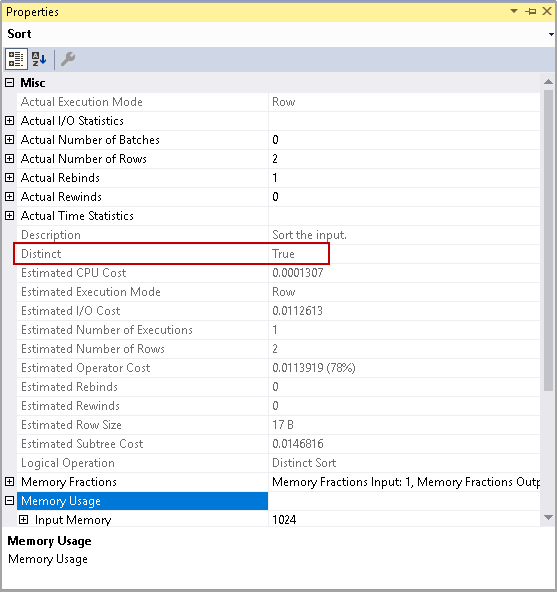





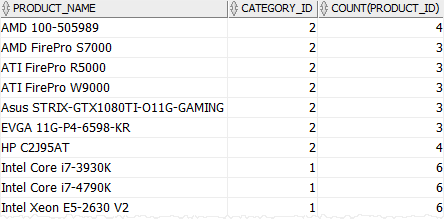
![How COUNT(DISTINCT [field]) Works in Google BigQuery | Tutorial by Chartio How Count(Distinct [Field]) Works In Google Bigquery | Tutorial By Chartio](https://chartio.com/images/uploads/increasing-the-distinct-approximation-threshold.png)




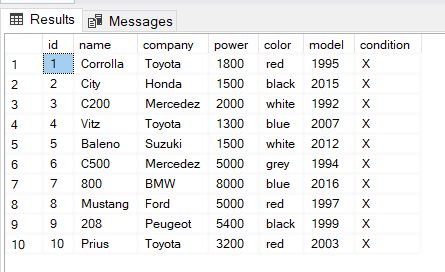
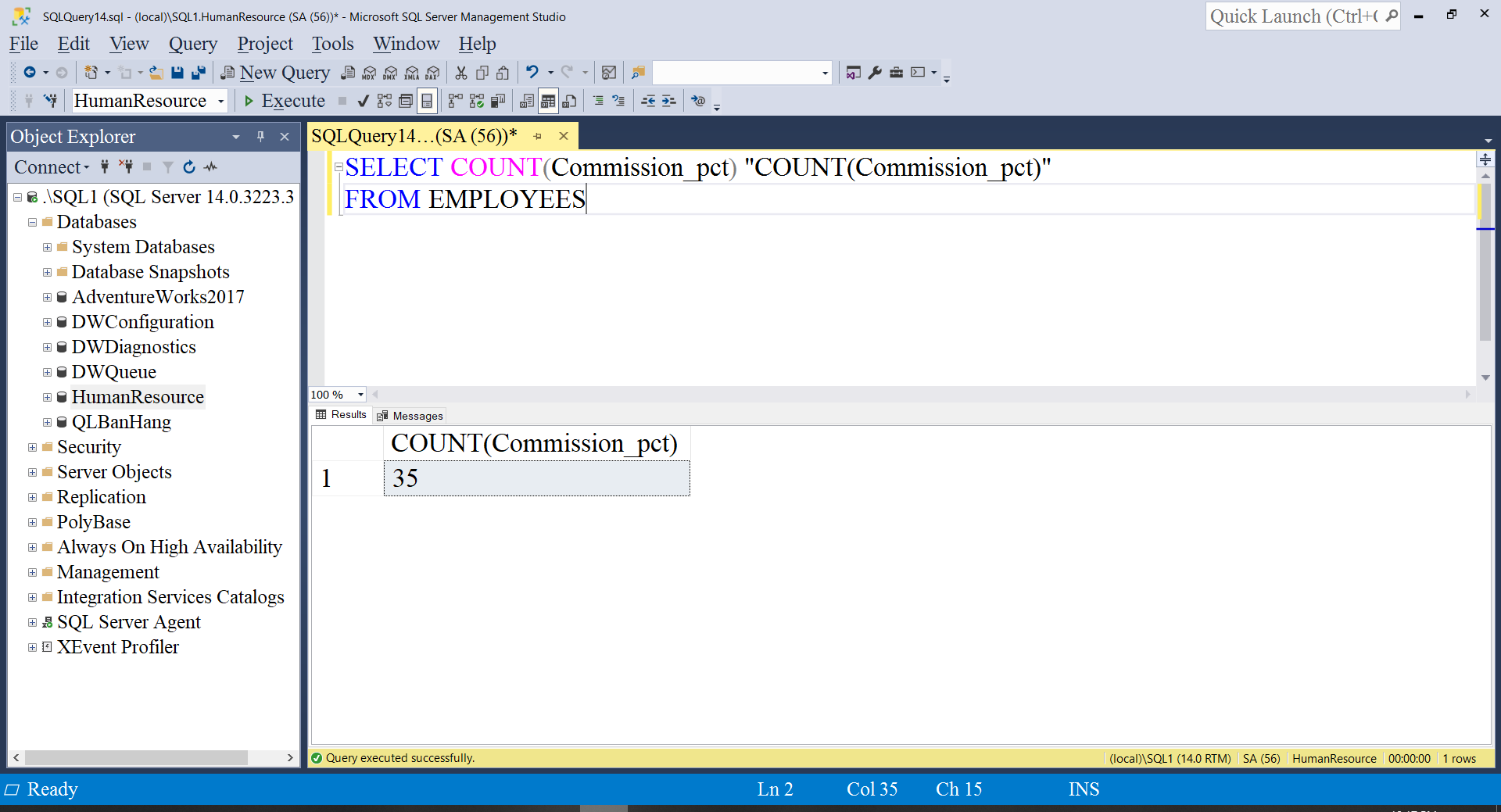

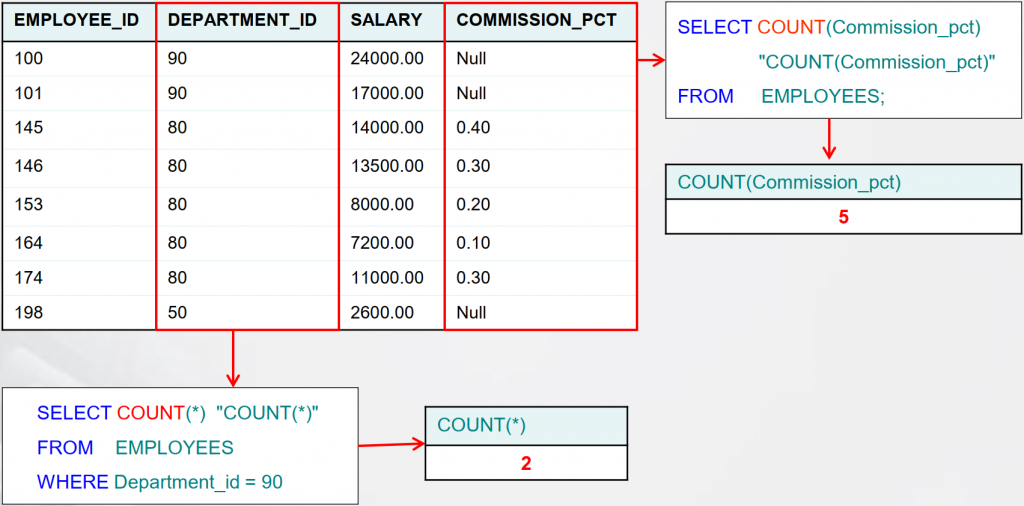




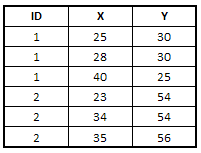





![SOLVED] SQL Case command in joined script returns too many rows - SQL Server Forum Solved] Sql Case Command In Joined Script Returns Too Many Rows - Sql Server Forum](https://content.spiceworksstatic.com/service.community/p/post_images/0000363998/5d2906c1/attached_image/2019-07-12_18h15_58.jpg)






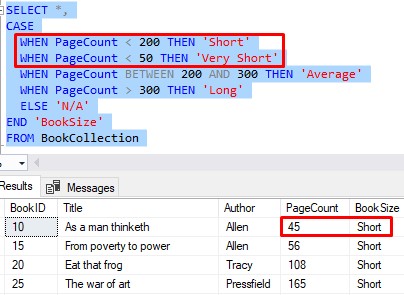






Article link: sql case with count.
Learn more about the topic sql case with count.
- using sql count in a case statement – Stack Overflow
- SQL Tutorial => Use CASE to COUNT the number of rows in a …
- COUNT() SQL Function – DataCamp
- COUNT() SQL Function – DataCamp
- COUNT (Transact-SQL) – SQL Server – Microsoft Learn
- COUNTIF in SQL: COUNT(CASE WHEN … THEN 1 END)
- 18. CASE WHEN with COUNT DISTINCT – Vertabelo Academy
- Sql Count(case When Multiple Criteria) – Pakainfo
- SQL Multiple CASE conditions with SUM and count Functions …
- SQL CASE | Intermediate SQL – Mode Analytics
- SQL — Count (*) using SUM CASE with multiple date ranges …
- SQL CASE – W3Schools
See more: https://nhanvietluanvan.com/luat-hoc/